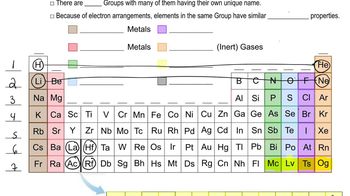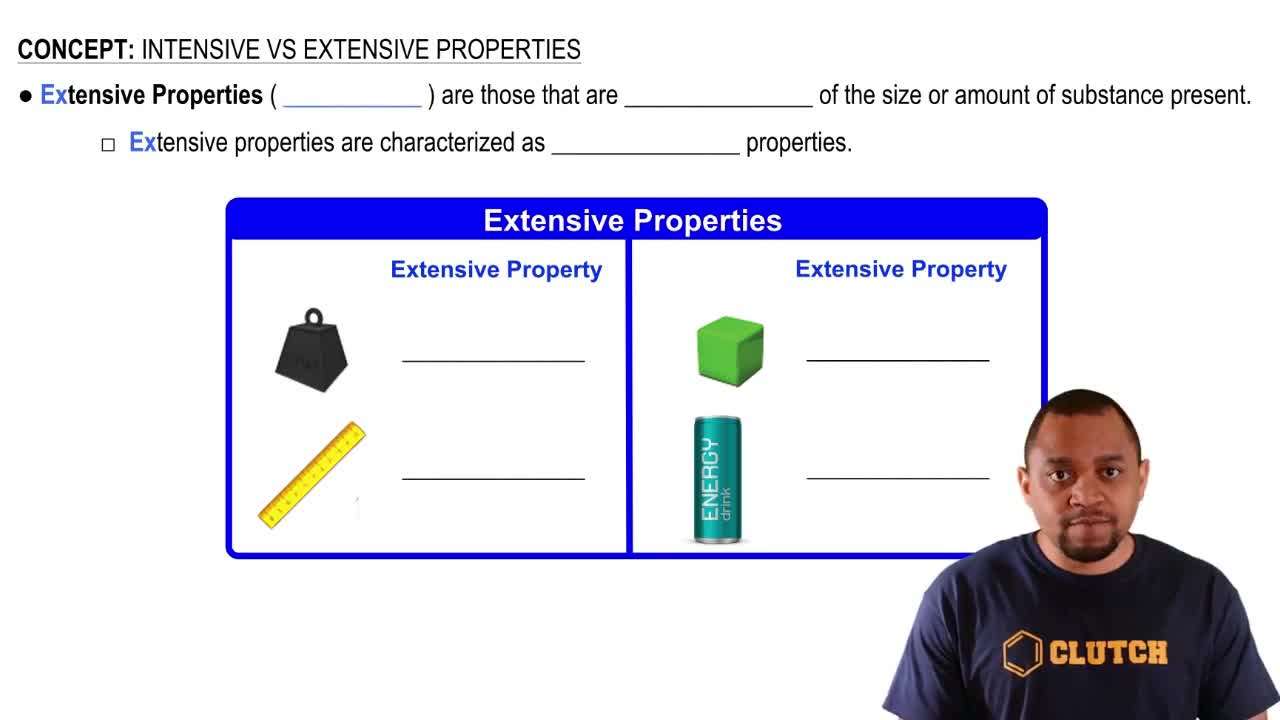Here are the essential concepts you must grasp in order to answer the question correctly.
Periodic Trends
Periodic trends refer to the predictable patterns in the properties of elements as you move across or down the periodic table. These trends include atomic radius, ionization energy, and electronegativity, which influence how elements interact chemically. Understanding these trends helps in predicting the behavior of elements and their similarities.
Recommended video:
Group and Period Similarities
Elements in the same group (column) of the periodic table share similar chemical properties due to having the same number of valence electrons. This similarity affects their reactivity and the types of bonds they form. In contrast, elements in the same period (row) may have different properties as they have different valence electron configurations.
Recommended video:
Periodic Table: Group Names
Metallic vs. Nonmetallic Properties
The distinction between metals and nonmetals is crucial for understanding chemical properties. Metals, typically found on the left side of the periodic table, are good conductors of heat and electricity and tend to lose electrons during reactions. Nonmetals, located on the right, are more likely to gain electrons. Recognizing these differences aids in predicting how elements will behave in chemical reactions.
Recommended video:




